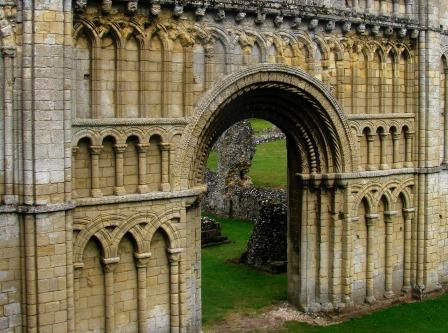

- Home
- Omeka & Neatline: Conclusion
The Oxford Outremer Map
The Possibilities of Digital Restoration
Omeka Mapping Tutorials
Tobias Hrynick, Ph. D. Student, Fordham University
Contents
- About the Tutorials
- Tutorial One: Getting Familiar with Omeka
- Tutorial Two: Creating an Annotated Historical Map Using Omeka Neatline
- Conclusion
Conclusion
Unfortunately, in the preceding directions, we have often been able to provide only bare guide-lines. In general, however, this is not because the things which we are describing are terribly difficult – only that there are so many different ways of achieving the goal that the time required to fully explore every alternative is prohibitive.
The best general tools for solving problems you might encounter with Omeka and Neatline are http://omeka.org/codex/Documentation, and the very active forum http://omeka.org/forums/.
In general, the Omeka community is both helpful and welcoming, and with the preceding tutorial, you should at least have the tools to frame questions, and understand the answers. If you skipped the first tutorial, consider reading it through as well – it may be helpful as a guide to broader uses of Omeka, through which you can develop a wider website on which to house your mapping project.